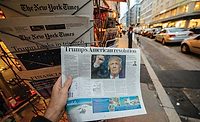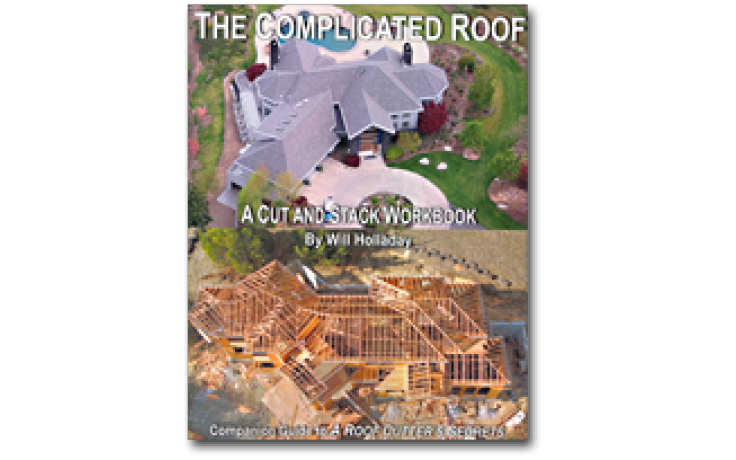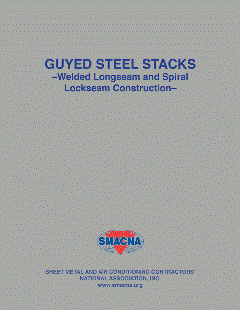Trump, Immigration, and the Construction Industry’s Future
The Trump administration will focus on American job loss to illegal aliens

If President Trump follows through on his campaign talking points regarding illegal immigration, the potential impact on the construction industry workforce could be devastating to say the least. According to the Bureau of Labor Statistics, approximately 30 percent of construction industry employees are Hispanic. In some areas of the country this percentage is substantially higher and a large proportion are immigrants.
Despite construction industryemployer’s best efforts to properly vet new hires by use of the mandatory I-9 process or through the discretionary use of the E-Verify system, people with false or stolen identification still make it through the records check. The relatively lax enforcement by Immigration and Customs Enforcement (ICE) against unauthorized workers in the recent past has caused at least some employers to relax their guard from taking reasonable precautions to ensure their workforces are documented and authorized to work in the country. In some extreme instances, including in the construction industry, some employers have turned a blind eye to the screening process.
Immigration Enforcement
President Trump’s public position on immigration could have a profound effect on current employees and on the pool of available immigrant workers.
In 2015, the National Association of Home Builders analyzed labor use in residential construction over a 10-year period, and concluded that the flow of the immigrant community is highly correlated with the booms and busts of single-family sales and starts. Any policies that result in the net loss of current and future immigrant workers would leave companies with few substitutes for a similarly skilled, reliable, and flexible workforce to meet future fluctuations in demand. Likewise, if Trump follows through with the promises to overhaul our nation’s infrastructure, the impact of his immigration policies may be at odds with the ability to provide the necessary labor to meet that goal.
There is, however, hope that immigration reform will be revived in some form. The President’s initial nominee for Secretary of Labor, Andy Puzder, called the current immigration system ‘unfair and unworkable.’ Though he withdrew himself from consideration, perhaps those views will hold sway and the millions of workers who are actually unauthorized to work will be permitted to remain in their jobs. Although some hope for immigration reform survives in certain quarters, during the presidential campaign, Trump made several statements that raise significant concerns. On numerous occasions, he stated that aliens with criminal records would be among the first targets for possible deportation proceedings. He also called for nationalization of the E-Verify system. Although certain federal contractors have been obligated to use E-Verify to run new hire identities through Department of Homeland Security (DHS) and Social Security Administration databases for several years now, segments of construction industry employers, such as some within the residential home building industry, haven’t faced this obligation. Some have voluntarily registered to use the automated system under the false hope that it guarantees Form I-9 compliance or that it keeps the company 100 percent free from undocumented workers. Unfortunately, this hasn’t proven to be the case in practice.
One additional area of major significance to construction industry employers is the likelihood of renewed worksite enforcement through the use of Notices of Inspection (NOI’s) and renewed workplace raids by ICE. While such actions have been de-emphasized for the last several years, they’re likely to increase as an important tool in the effort to deny jobs to undocumented immigrants. The loss of job opportunities for U.S. citizens to aliens with false or stolen documentation will certainly be a critical focus.
How to Prepare for Enforcement
What should industry employers do now to proactively prepare for the NOI’s and worksite raids that could soon be coming? Strict I-9 compliance would be the place to start. Employers should review all current procedures for compliance with I-9 requirements. The DHS recently issued a new I-9 Form which should be used for all new hires. The new form can be downloaded at www.uscis.gov/I-9. Penalties have been doubled to a minimum of $216 for each incorrect I-9 found during an NOI conducted by DHS. Now is a good time to audit existing I-9’s to ensure that all forms are fully completed. Invariably when self-audits are conducted, incomplete I-9’s always seem to materialize. These should be corrected immediately because the lack of I-9’s can be used as evidence to demonstrate that an employer had little regard for complying with its obligations against knowingly hiring undocumented workers.
Employers should also be aware that the Trump administration’s position may be at odds with their state’s enforcement agenda.
Protocols on how to respond to an NOI are also something to review as we enter the Trump-era of immigration enforcement. Front office and human resource staff should be aware of the protocol to follow in the event of any government visit — especially one involving DHS. Following these simple steps should put an employer in the best position to confidently and successfully respond to the enforcement actions that are most likely to arise again under the Trump administration:
Staff should be trained to refer all questions to legal counsel.
If questioning persists, the employer should simply state that he/she isn’t authorized to respond on behalf of the company.
An NOI itself isn’t a warrant, and the employers shouldn’t consent to any DHS interviews without counsel.
Nor should the employer consent to an immediate review of I-9 records. Employers are allowed three days to provide the requested I-9’s and DHS generally is willing to extend that period. This time will allow your counsel to audit the I-9s, which is critical to assess, consult and plan with the company for the next phases of the NOI process.
Although employers will welcome the expected regulatory reform likely to be undertaken by the Trump administration, employers — including those in the construction industry — should expect increased scrutiny and enforcement activity with regard to immigration and labor.
Looking for a reprint of this article?
From high-res PDFs to custom plaques, order your copy today!









